The window film market in Japan is characterized by a competitive landscape that is both dynamic and multifaceted. Key growth drivers include increasing energy efficiency awareness, rising demand for UV protection, and a growing emphasis on aesthetic enhancements in residential and commercial buildings. Major players such as 3M (US), Eastman Chemical Company (US), and Madico (US) are strategically positioned to leverage these trends. 3M (US) focuses on innovation, particularly in developing advanced films that offer superior energy savings and UV protection. Meanwhile, Eastman Chemical Company (US) emphasizes sustainability in its product offerings, aligning with global environmental goals. Madico (US) is enhancing its operational focus on regional expansion, particularly in urban centers, to capture a larger market share. Collectively, these strategies shape a competitive environment that is increasingly oriented towards innovation and sustainability.
Key business tactics within the market include localizing manufacturing and optimizing supply chains to enhance responsiveness to consumer demands. The competitive structure appears moderately fragmented, with several key players holding substantial market shares while also facing competition from smaller, niche manufacturers. This fragmentation allows for a diverse range of products and innovations, fostering a competitive atmosphere that encourages continuous improvement and adaptation.
In October 2025, 3M (US) announced the launch of a new line of window films designed specifically for commercial buildings, which are claimed to reduce energy costs by up to 30%. This strategic move not only reinforces 3M's commitment to energy efficiency but also positions the company to capitalize on the growing trend of green building certifications in Japan. The introduction of these products is likely to enhance 3M's competitive edge in a market increasingly focused on sustainability.
In September 2025, Eastman Chemical Company (US) unveiled a partnership with a leading Japanese architectural firm to develop customized window film solutions for high-rise buildings. This collaboration is significant as it allows Eastman to tailor its offerings to meet specific architectural needs, thereby enhancing its market presence. Such partnerships may also facilitate the integration of advanced technologies, further solidifying Eastman's position in the market.
In August 2025, Madico (US) expanded its distribution network in Japan by partnering with local suppliers to improve product availability and customer service. This strategic action is indicative of Madico's focus on regional expansion and responsiveness to local market dynamics. By enhancing its distribution capabilities, Madico is likely to strengthen its competitive position and better serve the growing demand for window films in urban areas.
As of November 2025, current competitive trends in the window film market include a pronounced shift towards digitalization, sustainability, and the integration of artificial intelligence in product development. Strategic alliances are increasingly shaping the landscape, enabling companies to pool resources and expertise to innovate more effectively. Looking ahead, competitive differentiation is expected to evolve, with a notable shift from price-based competition to a focus on innovation, technology, and supply chain reliability. This transition suggests that companies that prioritize these aspects will likely emerge as leaders in the market.


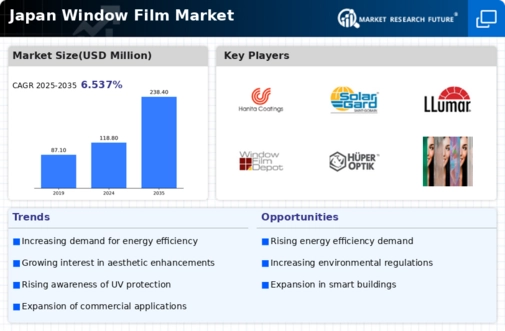
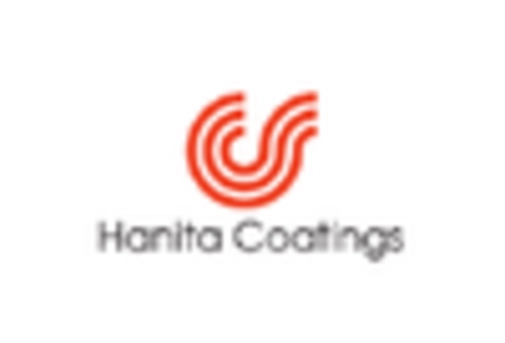


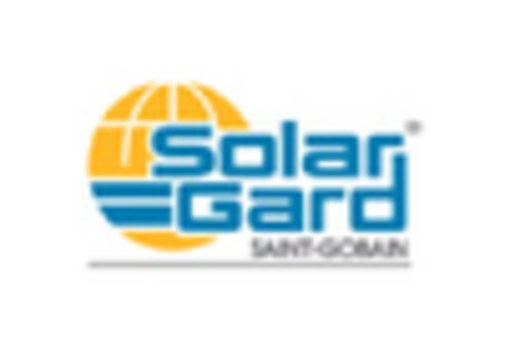
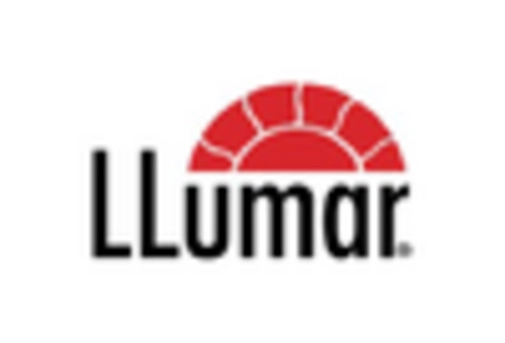
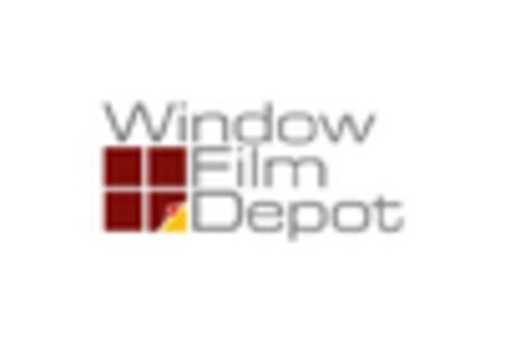
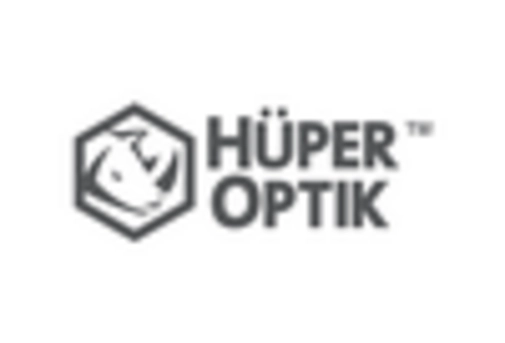








Leave a Comment